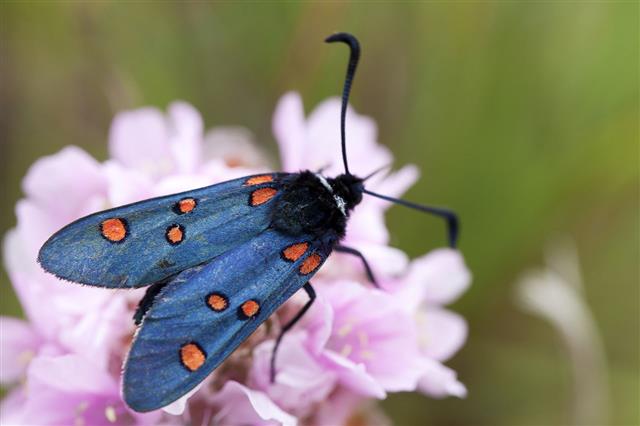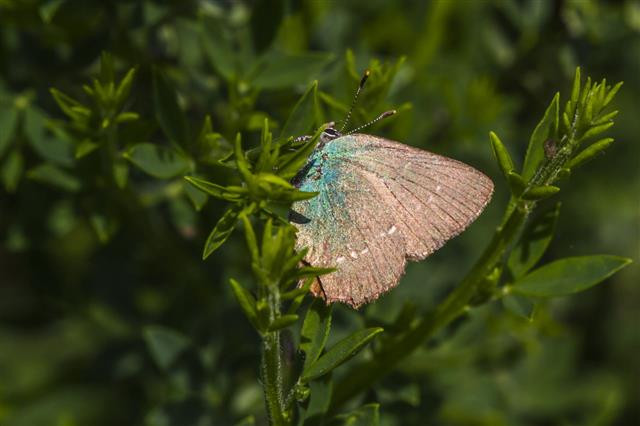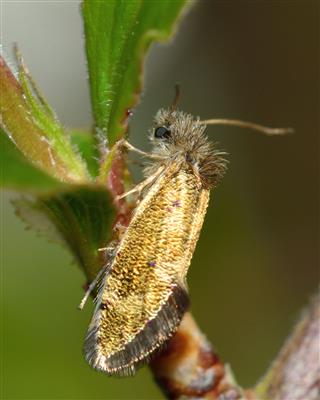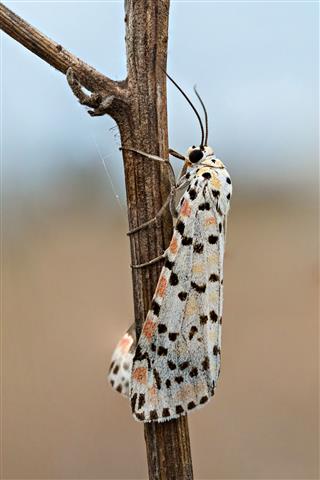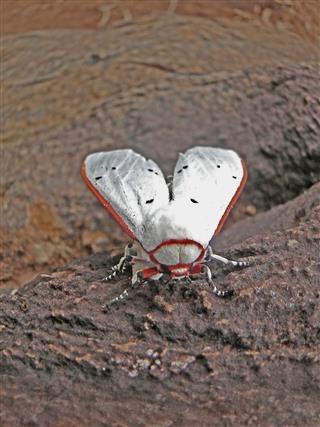
Moths are closely related to a butterflies, and their similarity goes well beyond their taxonomy. In this particular article, we will see what moths eat and at the same time, try to shed light on their alleged appetite for clothes.
As many as 160,000 species of moths are believed to exist in the world and therefore, it is difficult to generalize their feeding habits … or so one may think. The fact, however, is that they have a remarkably simple diet, especially when they are in adult stage.
Diet of Moths
The nutrients required by moths to complete their life cycle are consumed in the larval stage itself, which explains why they are voracious feeders at this stage of life. Depending on the species of the moth, a female moth lays eggs on either woolen or silk cloths or under the leaves. The larva of the moth feeds on the fabrics or the leaves before pupating inside a silken case. Again depending on the species of moth, the pupal stage can last up to four years. However, there are species that mature into adults in just 90 days.
In its larval stage, a moth larva feeds on protein-based materials of fur, wool, and cotton. An adult moth, on the other hand, feeds on nectar, liquid oozing out of a fruit, sap, wounds of animals, and even on animal droppings. A certain species of moth also sip muddy water to absorb the nutrients from the soil. Interestingly, adult moths feed through a tube-like tongue known as proboscis. Now that’s a little weird as moths, the Tineola bisselliella species in particular, are notorious for their ability to feed on clothes.
Do Moths Eat Clothes?
Moths do not feed on clothes. Rather the correct way to put it will be, moths cannot feed on clothes. If they have earned notoriety as cloth-eaters, it’s because of their larva. In their larval stage, they will eat almost anything that they come across, including organic fiber.
It’s worth noting that it’s the larval stage of moths that is dedicated to eating. In contrast, their adult stage is dedicated to mating.




